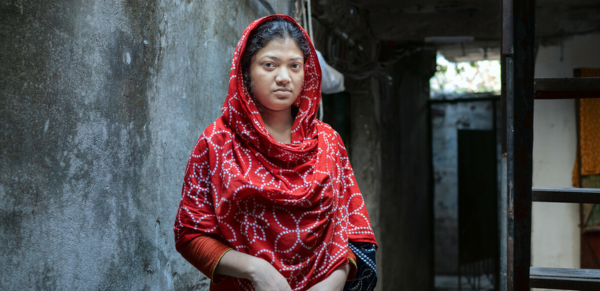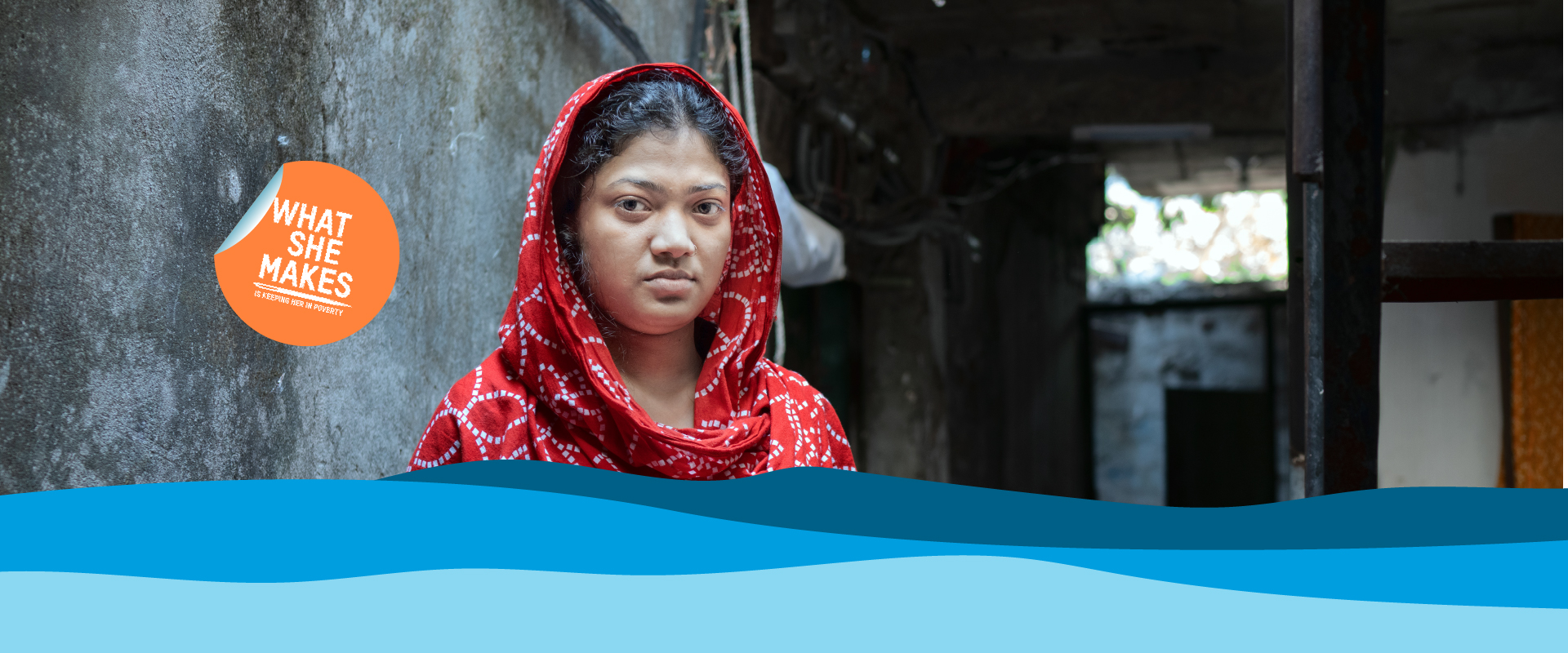Fashion brands reeled in $25.7 billion in 2023 while the women who make their clothes can’t even catch a break, with some earning just 80c an hour.
This summer, we’re turning up the heat on brands, by demanding that they start paying a living wage to garment workers – because making enough to live on shouldn’t be a pipe dream.
Kmart in particular is swimming in cash, making a whopping $10.6 billion last year. Yet, the women working in Bangladeshi factories making Kmart’s clothes are paid as little as $6 per day – nowhere near enough to stay afloat.
For garment workers, real wages haven’t risen for years... but brands’ revenue reaches ‘sun-believable’ heights.
Many of us are treading water, noticing our income doesn’t stretch as far as it used to, from paying more at the supermarket to energy bills.
At the same time, the women who make our clothes in countries like Bangladesh and Cambodia are also facing a cost-of-living crisis, barely staying afloat. It’s a world-wide problem – the prices for everyday items keeps rising but wages do not.
Dhaka, Bangladesh: Kakoli* works in a garment factory and barely earns enough to meet her needs. Oxfam's What She Makes campaign demands that big brands pay the women who make our clothes a living wage. Photo: Fabeha Monir/Oxfam. *Name changed to protect identity.
Women like Kakoli struggle to afford everyday necessities, unable to make ends meet without overtime. Even though she works many hours in a factory in Dhaka, she still relies on her family back home to send her money.
Join us to turn up the heat on wages, by insisting big brands start paying a living wage now.
Q: Where did you get your data from? I’ve seen different figures elsewhere...
A: Statements are based on company data available from IBISWorld, an industry research provider. IBISWorld collects their Australian data from publicly available sources, such as company Annual Reports, the Australian Bureau of Statistics, sector-level data from industry federations and regulators, as well as real-world advice, feedback and updates on operating conditions from contacts in relevant industries.
When using ‘revenue’ Oxfam refers to the total income a business generates through sales and other activities such as investment dividends. ‘Profit/s’ refers to revenues minus expenses and tax.




